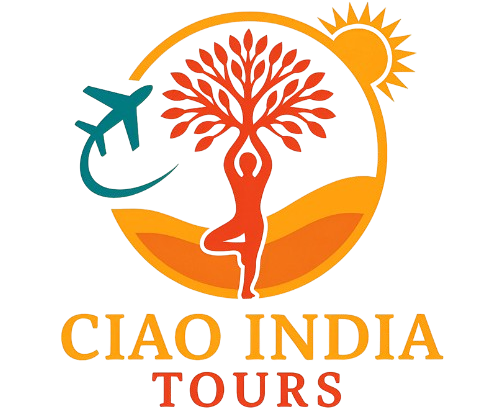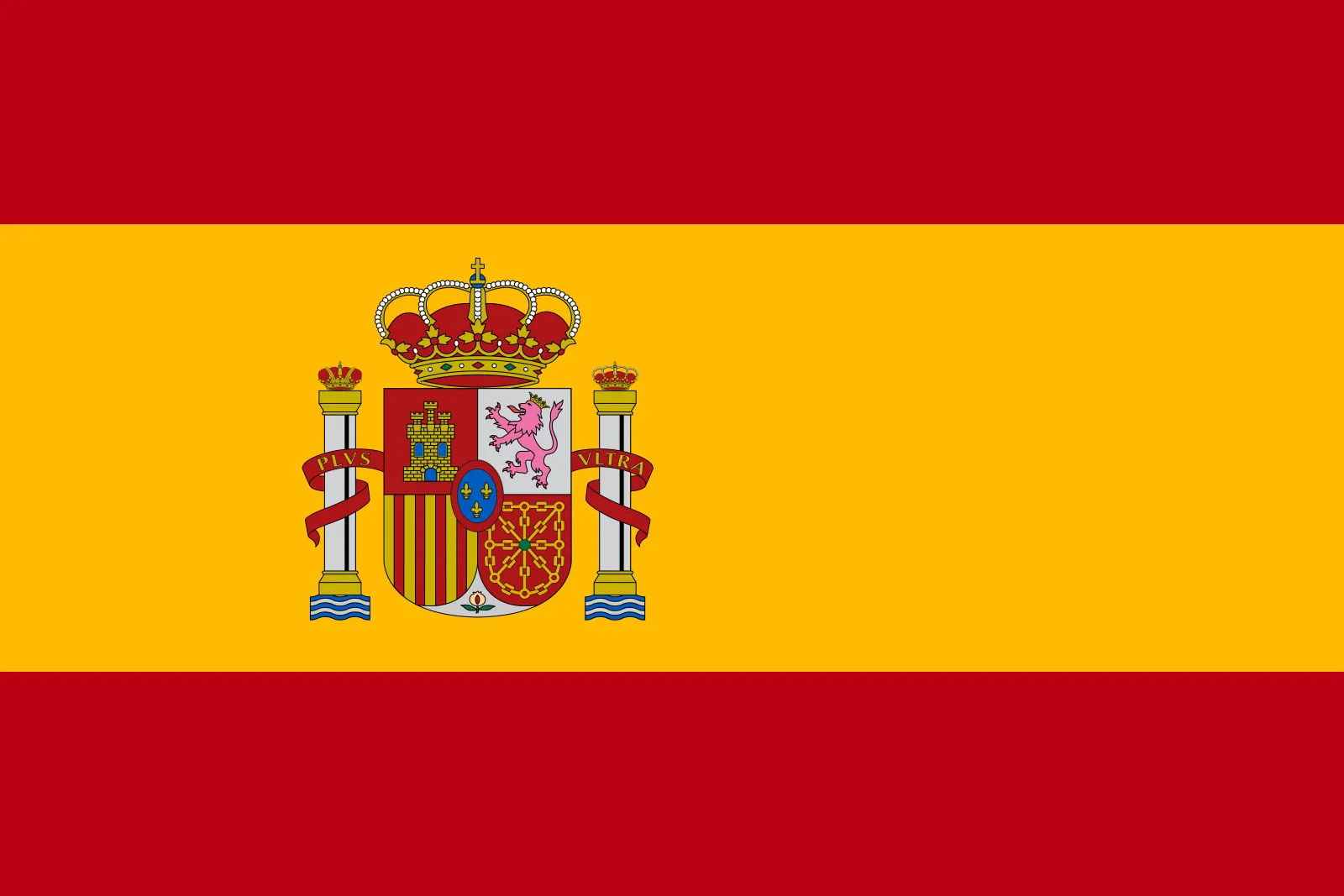Adobe After Effects is designed for producing motion graphics and visual effects. It generates titles, transitions, and cinematic effects with strong tools. It facilitates keyframes, 3D layers, tracking, and plugin use. Applied in film, TV, and digital media production. Useful for visual artists, animators, and editors. It blends effortlessly with Premiere Pro and Photoshop.
- Free patch download with lifetime activation
- Adobe After Effects 2023 Crack for PC Windows 11 Clean Multilingual
- Universal activator supporting a wide range of software licenses
- Adobe After Effects Portable + Crack All Versions [x86-x64] [100% Worked] Unlimited FREE
- Full crack package – .exe, .nfo, .key in one zip
- Adobe After Effects 2021 Cracked Final (x86-x64) [Final] 2025
- License key backup and restore tool for multiple devices
- Adobe After Effects Crack + License Key Lifetime [x32-x64] [Stable] FREE
- Keygen generator supporting complex serial formats
- Adobe After Effects 2023 Crack + License Key Latest (x32x64) Lifetime 2025






